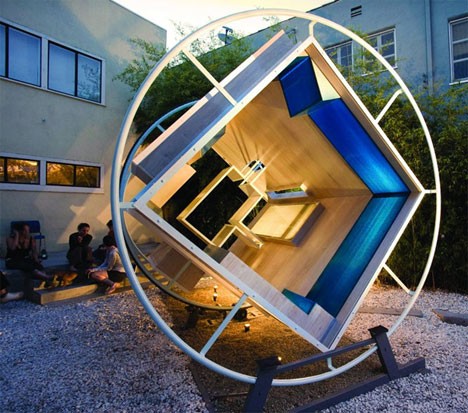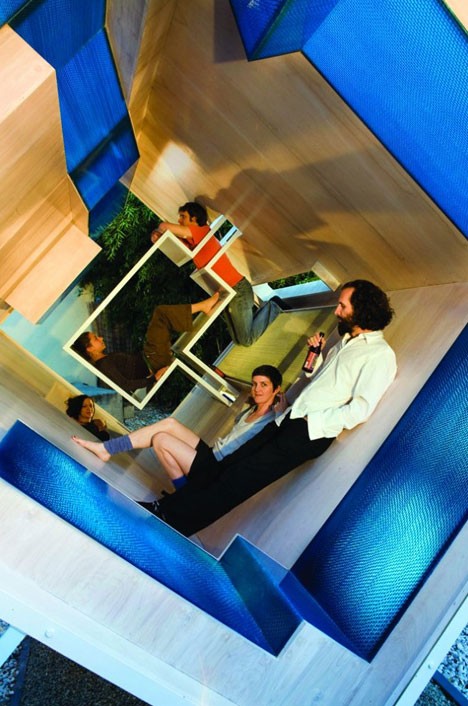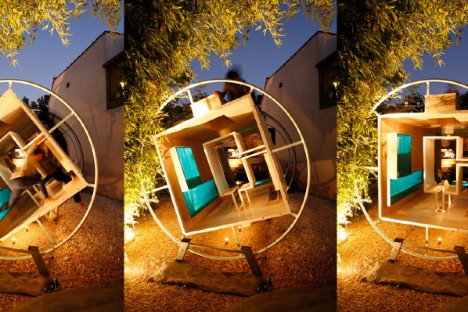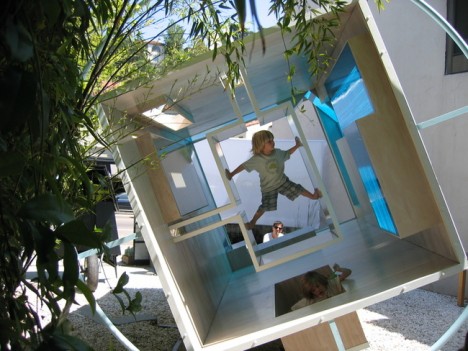Did you miss something? Keep Reading
-
►
2023
(14)
- ► Δεκεμβρίου (1)
- ► Σεπτεμβρίου (1)
- ► Φεβρουαρίου (1)
- ► Ιανουαρίου (2)
-
►
2022
(7)
- ► Δεκεμβρίου (1)
- ► Φεβρουαρίου (1)
- ► Ιανουαρίου (1)
-
►
2021
(15)
- ► Δεκεμβρίου (1)
- ► Φεβρουαρίου (3)
- ► Ιανουαρίου (3)
-
►
2020
(37)
- ► Δεκεμβρίου (2)
- ► Σεπτεμβρίου (1)
- ► Φεβρουαρίου (7)
- ► Ιανουαρίου (4)
-
►
2019
(16)
- ► Δεκεμβρίου (1)
- ► Σεπτεμβρίου (2)
- ► Φεβρουαρίου (1)
- ► Ιανουαρίου (2)
-
►
2018
(28)
- ► Σεπτεμβρίου (7)
- ► Φεβρουαρίου (3)
- ► Ιανουαρίου (2)
-
►
2017
(54)
- ► Δεκεμβρίου (3)
- ► Σεπτεμβρίου (14)
- ► Φεβρουαρίου (5)
- ► Ιανουαρίου (1)
-
▼
2016
(72)
- ► Δεκεμβρίου (4)
- ► Σεπτεμβρίου (14)
- ► Φεβρουαρίου (2)
- ► Ιανουαρίου (7)
Τετάρτη 25 Μαΐου 2016
Κυριακούπολη: Το ήξερες αυτό?
Κυριακούπολη: Το ήξερες αυτό?: Θέλεις να μάθεις ένα σωρό πληροφορίες??? Διερωτάσαι διαρκώς και ψάχνεις απαντήσεις για οτιδήποτε??? Διψάς για γνώσεις??? Αν ναι...ρ...
Κυριακούπολη: 16 απλά μυστικά για μια πιο χαρούμενη και υγιή ζωή...
Κυριακούπολη: 16 απλά μυστικά για μια πιο χαρούμενη και υγιή ζωή...: Η καθημερινή μονότονη ρουτίνα γίνεται πλεον για όλους μας βάσανο ωθώντας μας να νιώθουμε κουρασμένοι και δυστιχισμένοι. Στο χέρι μας είνα...
Σάββατο 21 Μαΐου 2016
RECIPE : Banana Nut-Chocolate Chip Crumb Cake

Ingredients
- 2-1/2 cups Great Grains Banana Nut Crunch cereal, divided
- 2 cups flour
- 1 tsp. baking soda
- 3/4 cup (1-1/2 sticks) butter or margarine, softened, divided
- 1/2 cup firmly packed brown sugar
- 2 eggs
- 1 container (6 oz.) vanilla low-fat yogurt
- 3/4 cup semi-sweet chocolate chips
- 3 Tbsp. honey
Directions
- Preheat oven to 350°F. Sprinkle 1 cup of the cereal onto bottom of greased 8-inch square baking pan; set aside. Combine flour and baking soda; set aside.
- Beat 1/2 cup of the butter and the sugar in large bowl with electric mixer on medium speed until light and fluffy. Add eggs, 1 at a time, beating well after each addition. Add flour mixture alternately with the yogurt, beating after each addition until well blended. Stir in chips. Spoon into prepared pan.
- Bake 35 min. or until toothpick inserted in center comes out clean.
- Preheat broiler. Melt remaining 1/4 cup butter. Mix with the honey in medium bowl. Add remaining 1-1/2 cups cereal; toss to coat. Sprinkle evenly over cake. Broil, 4 inches from heat source, 2 to 3 min. or until lightly browned. Cool slightly. Serve warm.
Dynamic Architecture: 13 Buildings with Moving Parts
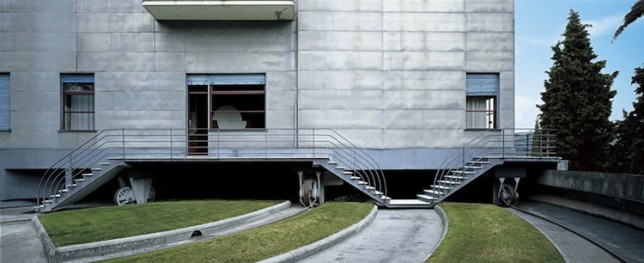
Entire Italian villas spin in circles on wheels, solar-powered shades follow the sun, rooms zoom up into the air on telescopic stilts and windowless facades lift up on one end like shoebox mousetraps, all at the push of a button. These dynamic houses, apartment buildings, pavilions and offices have all sorts of moving parts, transforming as if of their own accord to change the views or keep the interiors cool.
Phalanstery Module
Envisioned as a house for zero-gravity, where all surfaces are treated equally, the Phalanstery Module rotates a full turn per hour, with one of the surfaces becoming parallel to the ground every fifteen minutes. Say the creators, “In the middle of every 7.5 minute conversation, two people are bound to collide. Architectural program and activities become overpowered by the instinctive interpretations of our bodies against measurable dimensions.”
Sharifi-Ha House
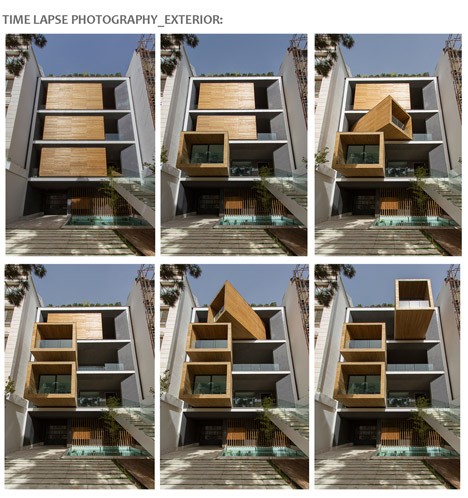
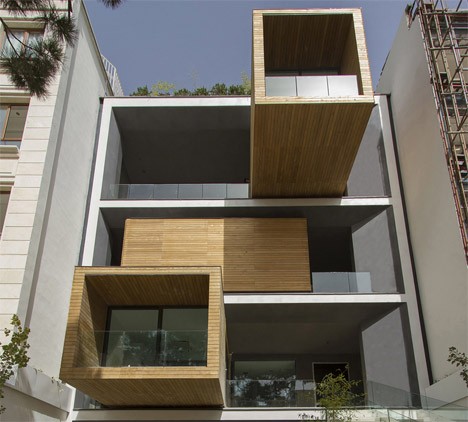
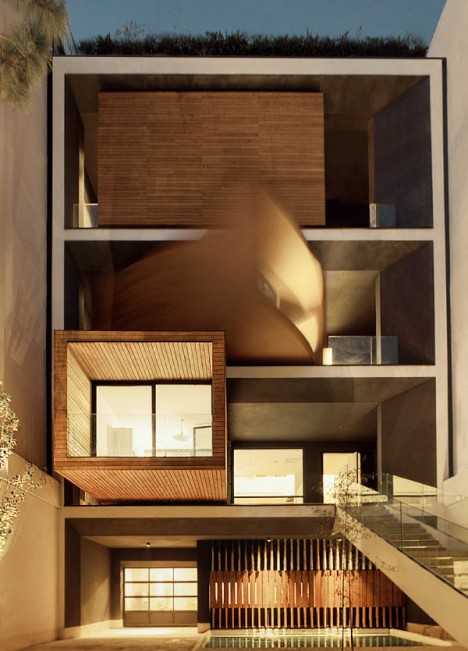
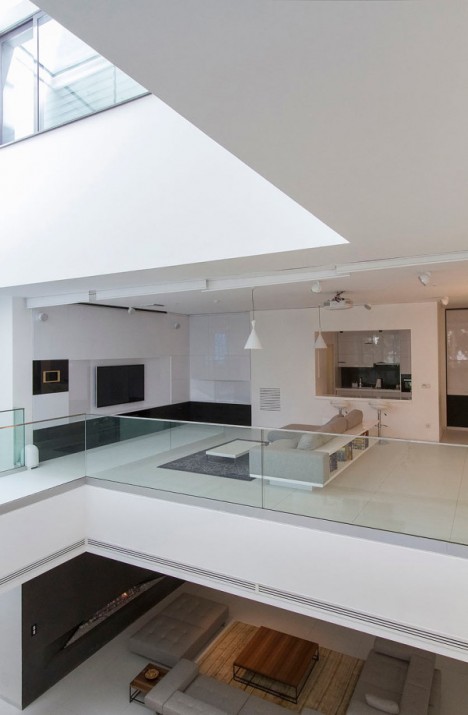
At the push of a button, three wooden volumes tucked inside a main structure turn their glass-capped ends in various directions. The residents of the Sharifi-Ha House by next office i Tehran can choose whether they want these particular rooms to be shaded or illuminated by the sun, as well as the view they prefer. Rotated fully out of their containing spaces, they telescope out over the driveway.
Villa Girasole
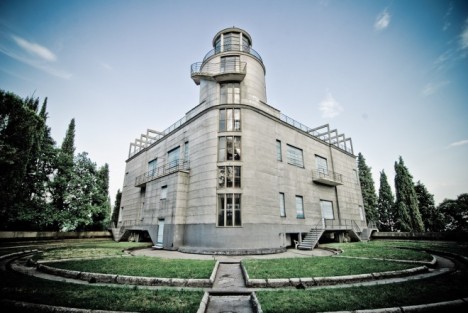
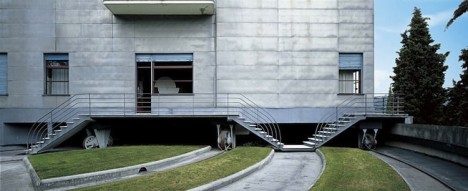 Set on wheels and rails, northern Italy’s Villa Girasole rotates to follow the sun as it arches across the sky throughout the day, just like its namesake, the sunflower. Built in the 1930sby a wealthy engineer the two-story house rotates from a 42-meter-tall tower at the center, moving about 4 millimeters per second. It takes 9 hours and 20 minutes for it to rotate a full turn.
Set on wheels and rails, northern Italy’s Villa Girasole rotates to follow the sun as it arches across the sky throughout the day, just like its namesake, the sunflower. Built in the 1930sby a wealthy engineer the two-story house rotates from a 42-meter-tall tower at the center, moving about 4 millimeters per second. It takes 9 hours and 20 minutes for it to rotate a full turn.
La Caja Oscura
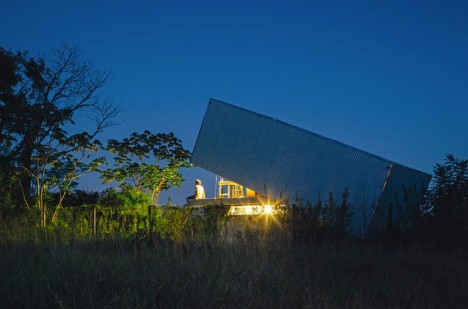
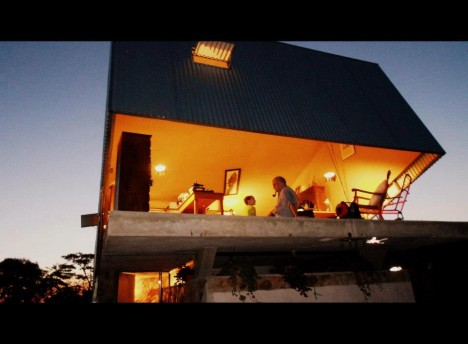
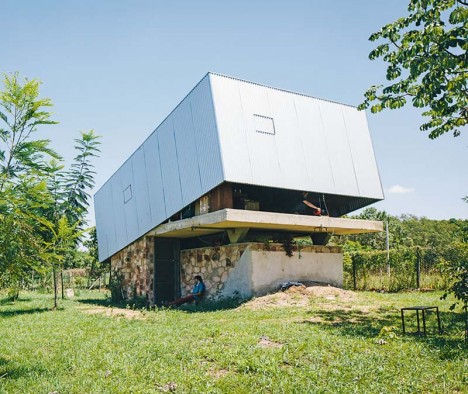
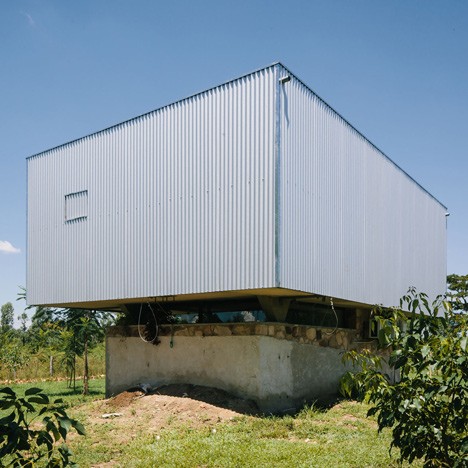
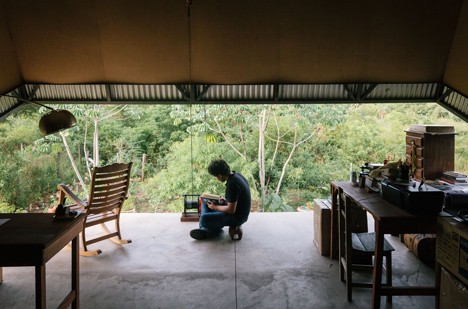
From afar, this house looks like a giant shoebox mouse trap, one end tilted up to reveal an elevated concrete slab. The windowless exterior moves up and down to either open the interior to the elements, or seal it off completely when the owners are gone. Designed by architect Javier Corvalan as the vacation home of a filmmaker, the house transforms with a manual winch. When closed, a pinhole allows the entire structure to function as a camera obscura, projecting an upside-down image of the landscape outside onto the interior walls.
Mercury's Transit Across the Sun
On May 9, the solar system's innermost planet migrated across the bright disk of the sun. Amateur astronomers and professional observatories alike captured images and videos of this rare event.
But one view of Mercury's pilgrimage accomplished something unprecedented: the highest-ever spatial-resolution images of a Mercury transit. The images are featured in this awesome video, which begins with footage taken by NASA's Solar Dynamics Observatory (SDO). It then fades into the high-res images, which show the tiny, black disk of Mercury against the bright solar background.
The high-res images were taken by the New Solar Telescope (NST) at the Big Bear Solar Observatory outside Los Angeles. The 1.6-meter-diameter (5.25 feet) NST is "the highest-resolution solar telescope in the world, so its images are the sharpest," Bin Chen, an assistant professor of physics at the New Jersey Institute of Technology, told Space.com in an email.
"About midway through the transit, the sun became visible at NST's location in California," Chen said. "The clarity of the images was aided by the ability of the NST's adaptive optics system to lock onto the dark disk of Mercury, thus improving the corrections for turbulence in the Earth's atmosphere."
The space-based SDO views the sun in a wide range of wavelengths, so it captured the Mercury transit in a whole rainbow of "colors." The human eye can't see most of the wavelengths collected by SDO, but images and videos from the observatory translate those different wavelengths into colors that humans can see. The video above (compiled by Chen) first shows the sun in extreme ultraviolet light, captured by SDO. NST captures optical light, and has "more than 10 times better spatial resolution" than SDO, according to Chen.
To see the transit of Mercury through SDO's eyes and in many different wavelengths, check out the video below.
The Big Bear Solar Observatory and the NST are part of the New Jersey Institute of Technology Center for Solar-Terrestrial Research (NJIT-CSTR). The observations of Mercury's transit were taken by Dale Gary, NJIT's director of solar observatories, with assistance from Kevin Reardon, and a scientist at the National Solar Observatory, and Jay Pasachoff, a scientist at Williams College.
Transits of Mercury occur about 13 times per century. The next transit will occur in 2019.
Εγγραφή σε:
Αναρτήσεις (Atom)

